Driving Productivity and Quality Efficiencies with Model-Based Digitalization
Written by Vijay Karna 01 Apr, 2022
Globalization, the decline in long-term technology investments, and increase in operational costs have posed significant challenges for the manufacturing industry. Compared to the rest of the economy, manufacturing has dropped from 30% to 12% in developed economies. Despite the decline, however, the manufacturing industry remains one of the best sources of long-term wealth generation for major economies.
Innovative process technologies and product development help generate new, innovative products faster. The manufacturing industry must harness advanced manufacturing processes, such as model-based enterprise, to drive productivity improvements, reduce production costs, and improve competitiveness. Improvements in processes allow manufacturers to shift from low-cost labor sources to high-value manufacturing and compete on the basis of productivity and excellence.
The engine of economic growth is technology and its supporting infrastructure. Model-based enterprise concepts and enterprise technologies that support globally competitive manufacturing can only provide point solutions without wider coordination. A model-based enterprise could reduce costs by 50% and reduce time-to-market by 45%, according to industry leaders. Significant investment and coordinated effort will be required to realize these benefits. The manufacturing infrastructure and technology tools in use today won't support manufacturers' global competitiveness in the future. Next-generation tools and the supporting technology infrastructure cannot be provided by a single organization or company. For this, the government and the private sector need to commit to and support it.
Traditional processes typically involved operations that were incomprehensible to users outside of engineering. Digitalization helps model-based life cycle management become the norm with end-to-end integration, as shown below.
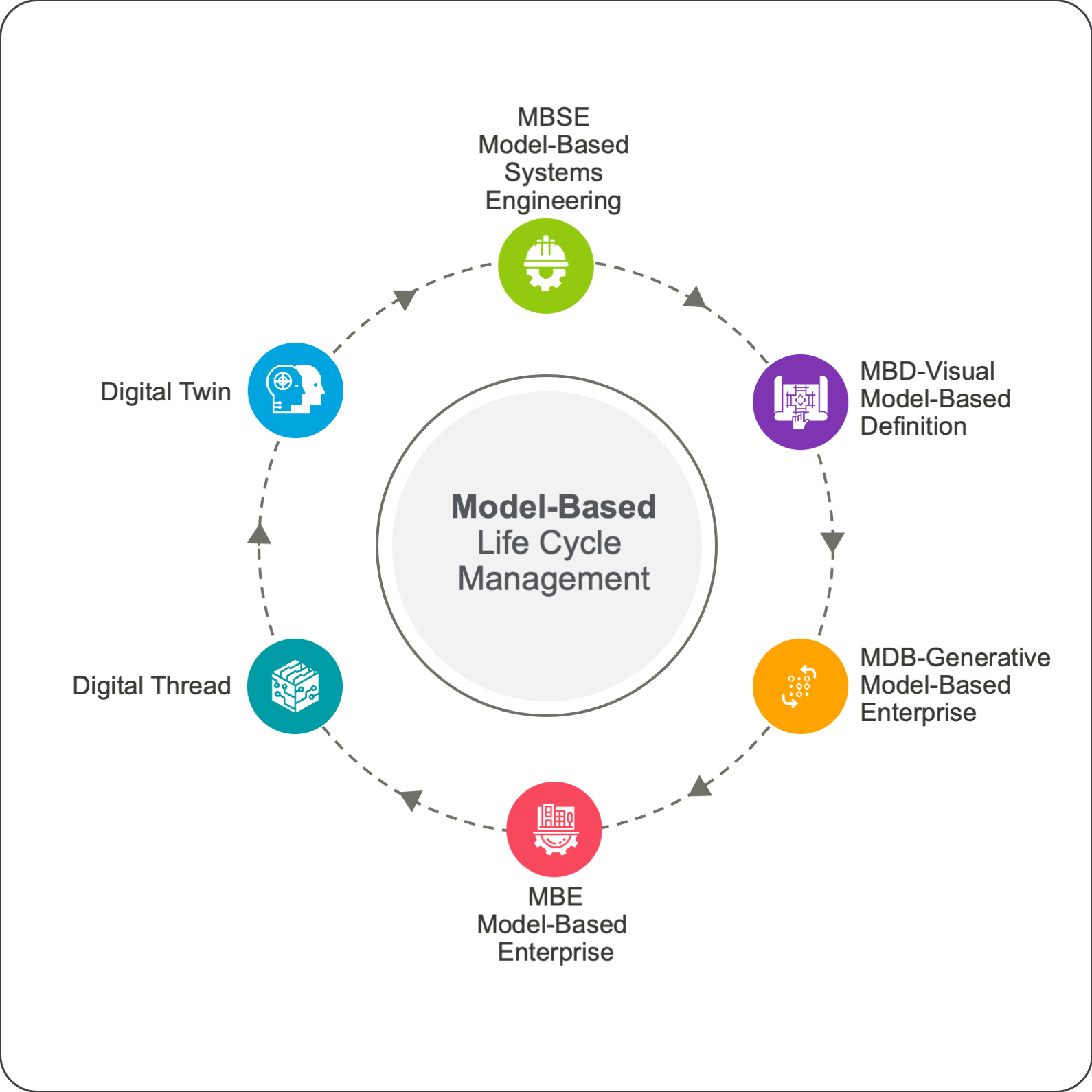
Model-based systems engineering (MBSE) is used to support system requirements, design, analysis, and validation activities beginning in the conceptual design phase and continuing throughout the development and later phases of the life cycle. Throughout the product development, deployment, and disposal cycle, systems engineering (SE) involves the coordination of design decisions across engineering disciplines. As a result, MBSE can be viewed as an accelerator of performance improvement and faster GTM.
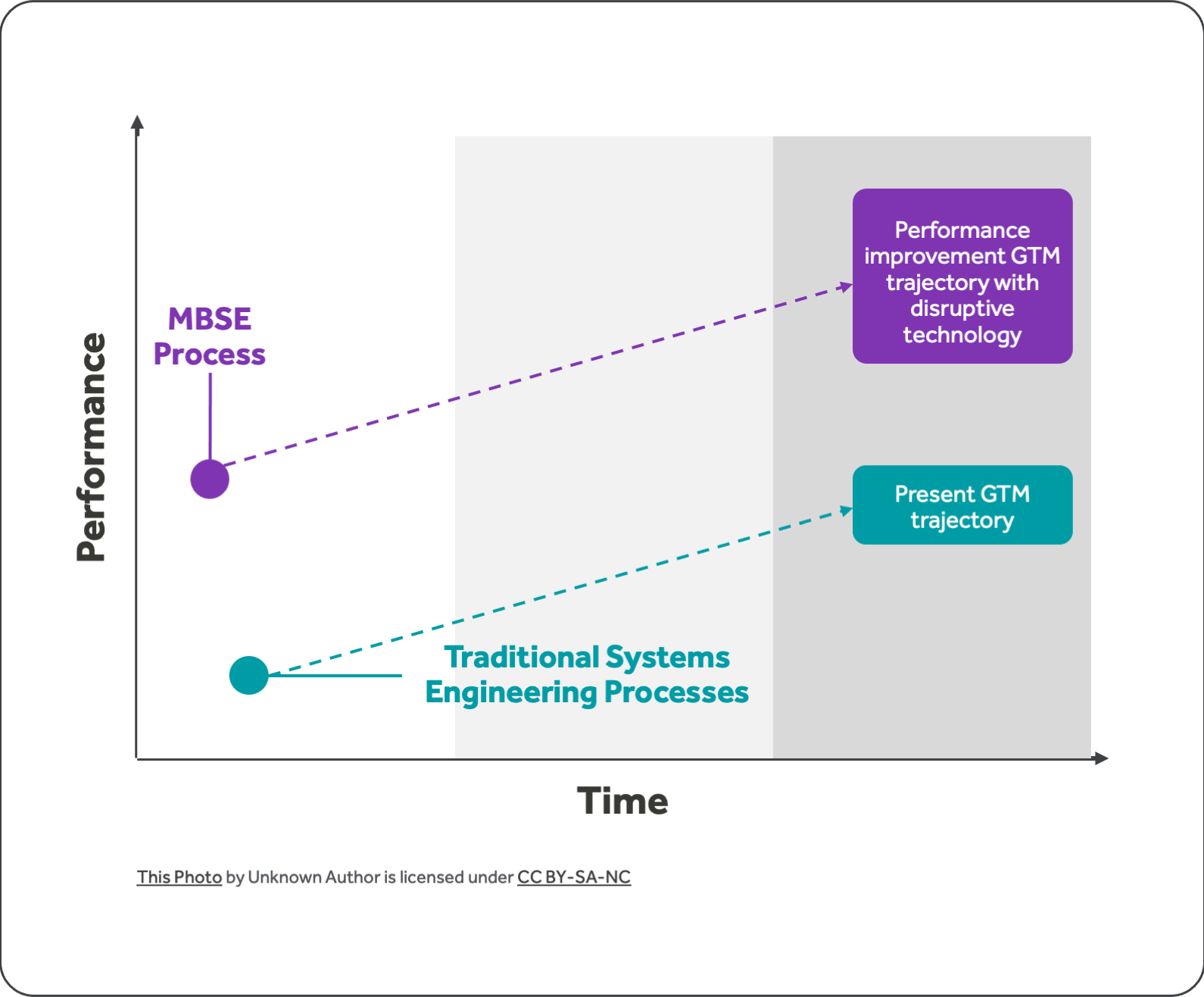
MBSE helps in ~ 50% reduction in supplier cycle time, sub/final assembly time, and 20% reduction in scrap/rework time.
Model-based definition (MBD) visualization: With many new factors to consider and a wider range of collaborators involved, the design of products and processes has become more complex. MBD helps in enhancing new processes that are involved in the product life cycle, which designers are aware of. It involves interacting with other designers, especially for sophisticated products and processes. It considers a larger set of alternatives at different levels of detail without placing a significant burden on designers. Life cycle stages are visualized at once, and the design will optimize all criteria at every stage. A variety of alternatives can be developed, from less to more detailed, in consultation with many other engineers. This helps in collaborating when product and process modeling languages and terminologies are not uniformly understood, leading to less rework when discrepancies are discovered. It gives global organizations the advantage to overcome difficulties when designers are dispersed geographically and organizationally.
MBD visualization drives up to 50% reduction in engineering change requests and 30% increase in productivity in engineering design.
Model-based definition (generative): Using artificial intelligence, generation design like 3D CAD uses a set of system requirements to automatically create optimal designs. In addition to specifying requirements and goals, engineers can also specify preferred materials and manufacturing processes, and the generative engine automatically creates a manufacture-ready design as a starting point or final product. By interacting with the technology, engineers can design superior products and innovate more quickly. The benefits of generative design can be felt from the design iteration stage to engineering for manufacturability and from weight reduction to part consolidation and shorter time-to-market. CAD/PLM/simulation environments can be fully integrated with generative design extensions.
MBD generative helps achieve up to 50% reduction in engineering costs of complex systems and 30% increase in productivity in engineering performance.
Model-based Enterprise (MBE): In manufacturing, model-based enterprise refers to a strategy in which an annotated, digital, three-dimensional (3D) model of a product acts as the reference for all the activities in that product's life cycle. MBE's chief advantage is that it replaces digital drawings. Product development life cycles and production costs can be dramatically reduced using MBE. Several industries have identified model-centric integration of enterprise functions, including engineering and business functions, as a high-priority issue for improving production and reducing costs. MBE and a digital enterprise environment present several significant challenges, including model data quality, system integration, and long-term data preservation. Standardization infrastructure for digital enterprises must be developed by government and industry together.
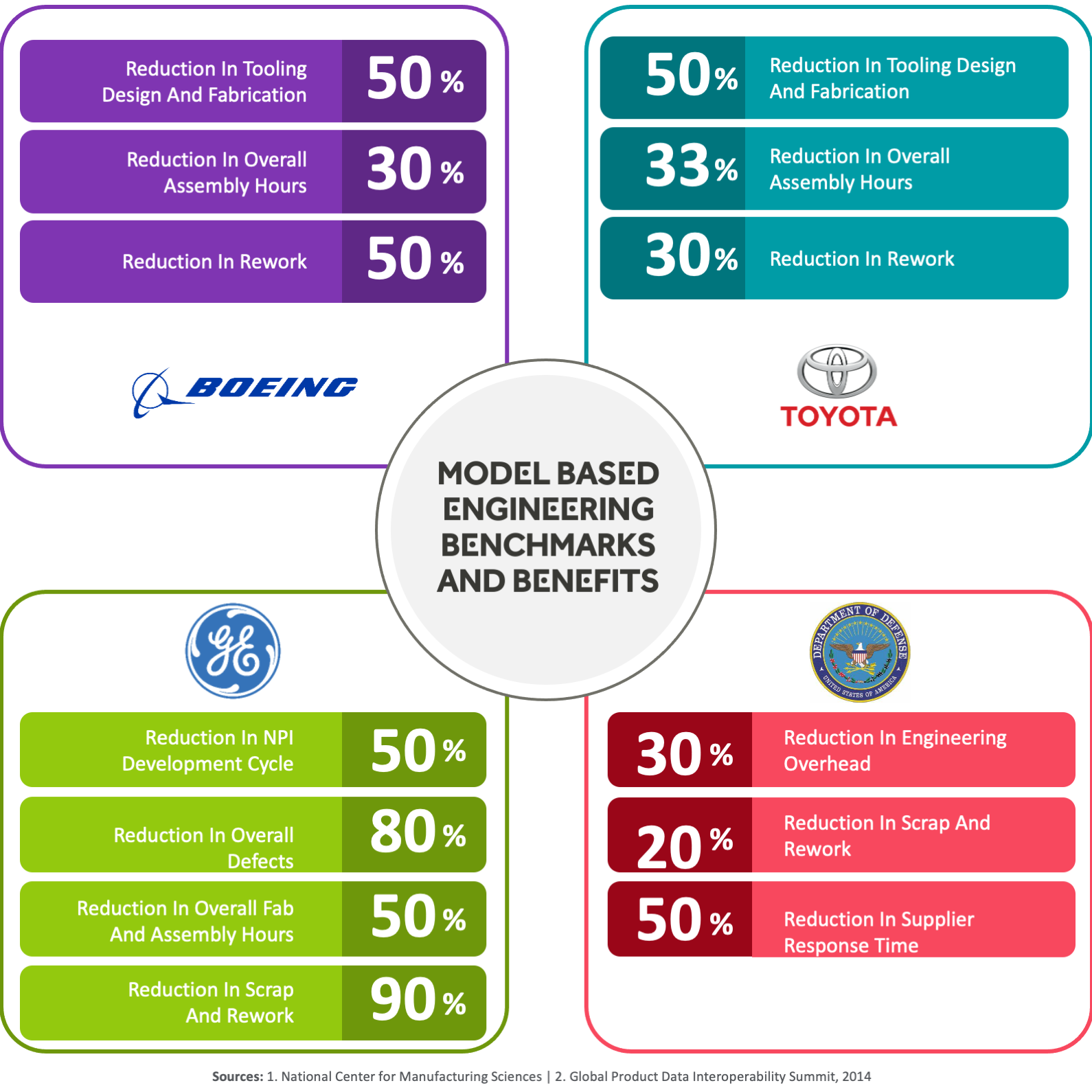
Digital thread: Digital thread is a key capability in model-based systems engineering and the basis for digital twins. A digital thread also describes the traceability of the digital twin back to the requirements, parts, and control systems that make up the physical asset. Digital thread is extremely useful for manufacturers faced with managing a complex and often far-flung supply network. End products may contain hundreds of individual components or assemblies, some of which the manufacturer may manufacture and others that are sourced from various suppliers (or suppliers' suppliers). An individual design change can affect the manufacturing of multiple components in this chain, making it incredibly complex to manage. This complexity can be managed by a single source of truth provided by the digital thread. Digital thread-connected enterprise is transforming manufacturing and extending product life cycle management.
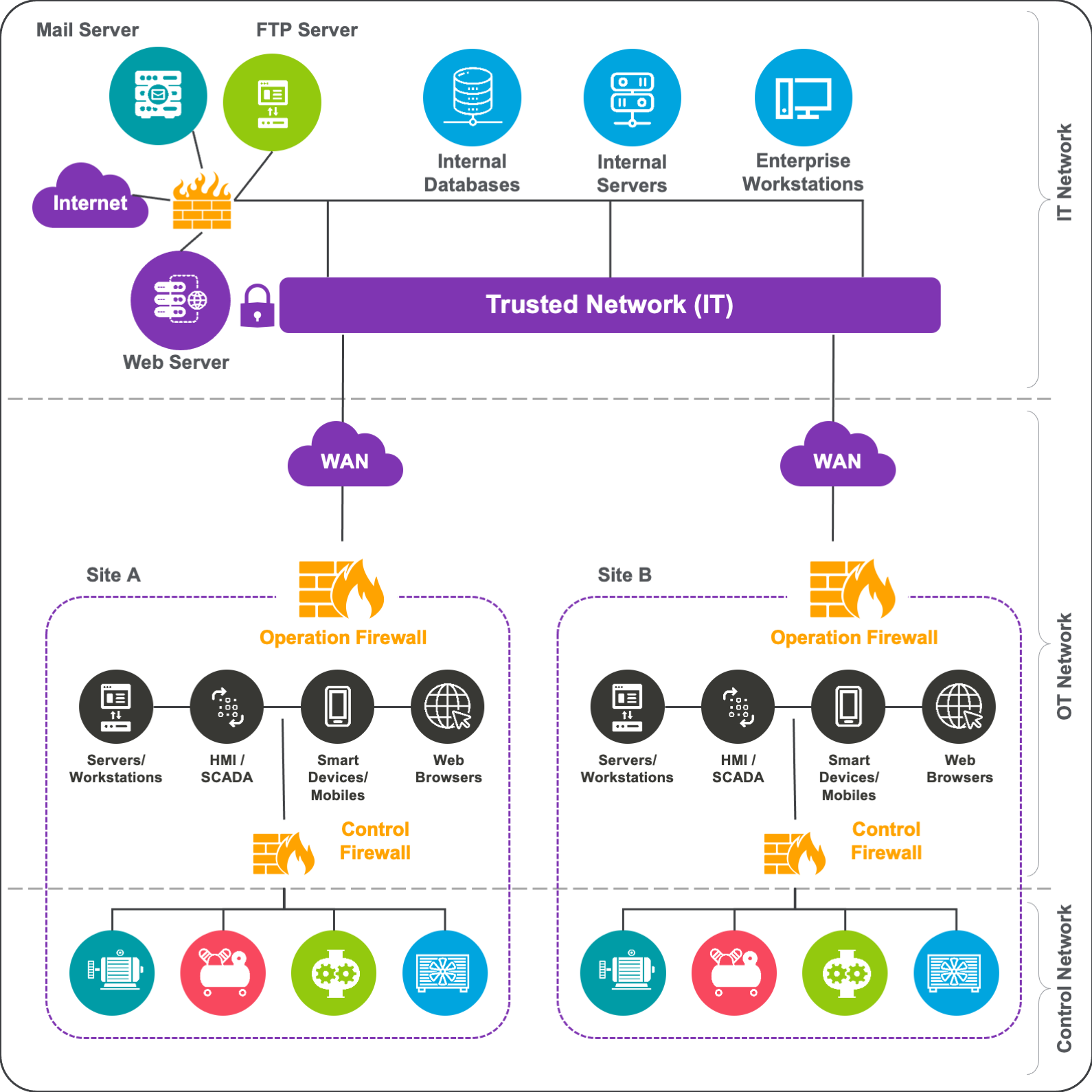
Benefits of digital thread:
- Delivers the right information at the right time, at the right place
- Handover is structured, revision-controlled
- Eliminates manual translation or transformation
- Managing the change of derived objects requires digital associativity in downstream systems
Today's connected digital enterprise leverages 3-D models across all operations. Model-based enterprises use far more 3-D models and transfer model-based definitions from department to department in a more structured manner. Manufacturing is moving from illustrations to animations to augmented reality to deliver information in the ongoing evolution. Using digital thread, these tools are becoming more practical to deploy and connect as new technologies emerge.
Digital threads help reduce up to 50% of equipment failures and increase operational efficiency by 30%.
Digital twin: This is a digital representation of a physical asset that includes design specifications and engineering models that describe its geometry, materials, components, and behavior; more importantly, it includes the as-built and operational data that is unique to the token. A digital twin of an aircraft, for example, would be identified by its physical product identifier, which is called its tail number. Data in a digital twin includes tail number-specific geometry extracted from aircraft 3D models, aerodynamic models, engineering changes made during production, material properties, inspection, operation, and maintenance data, aerodynamic models, and any deviations from the original design specifications caused by issues or workarounds on the specific product unit. Digital twins are expected to provide the following benefits:
- Assessing the current and future capabilities of a system during its life cycle
- By simulating results before the physical processes and products are developed, early discovery of system performance deficiencies
- Optimization of operability, manufacturability, inspectability, and sustainability over the entire life cycle of a tail number using models and simulations
- Enhanced designs and models with data captured and easily cross-referenced with design details
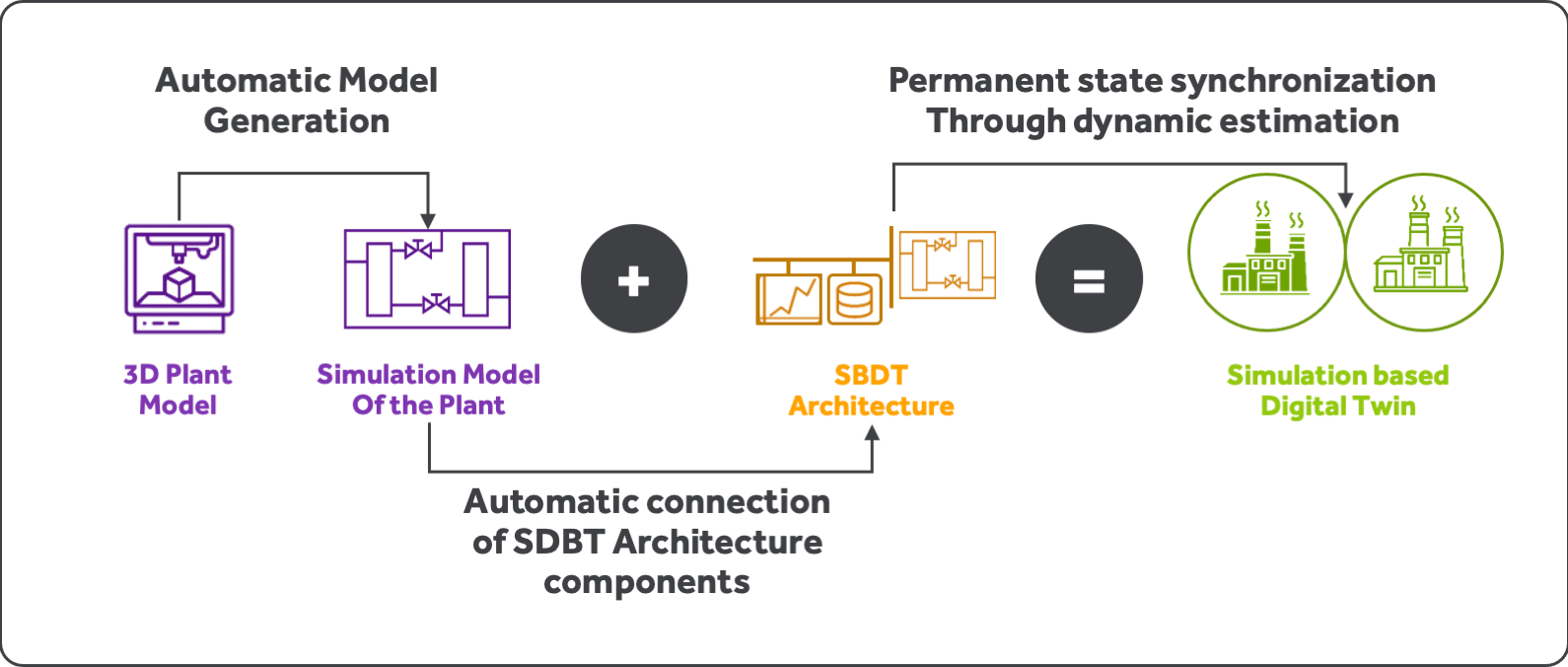
To know more about Model Based Digitalization and how CYIENT can help, please visit intellicyient
.png?width=774&height=812&name=Master%20final%201%20(1).png)